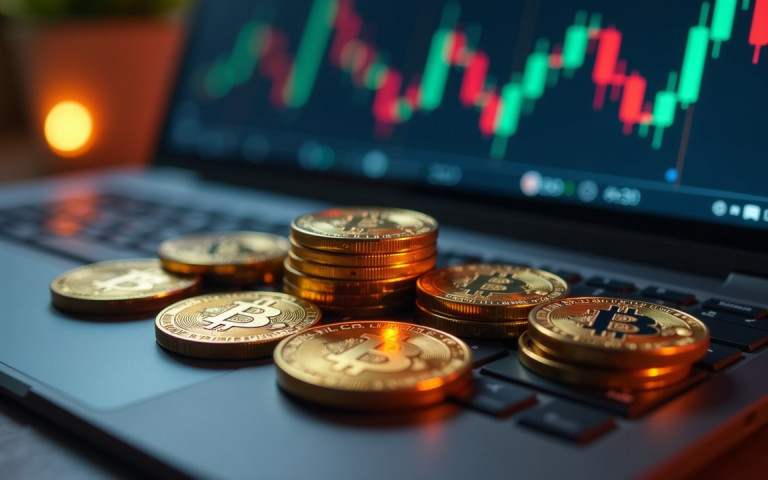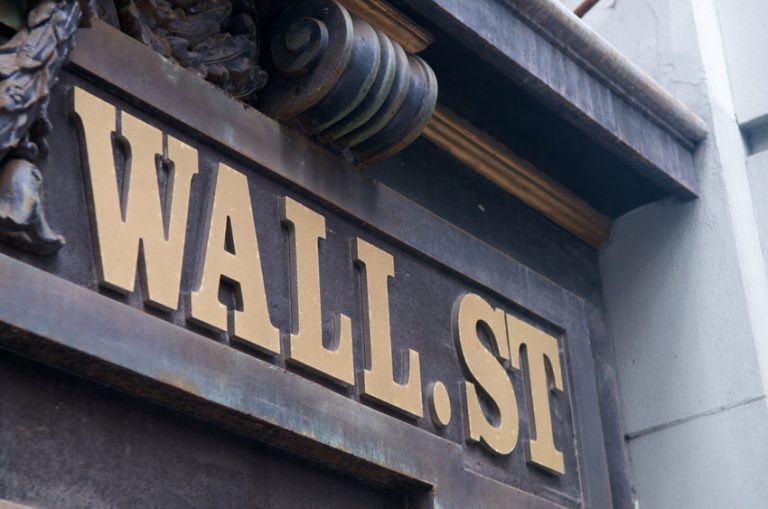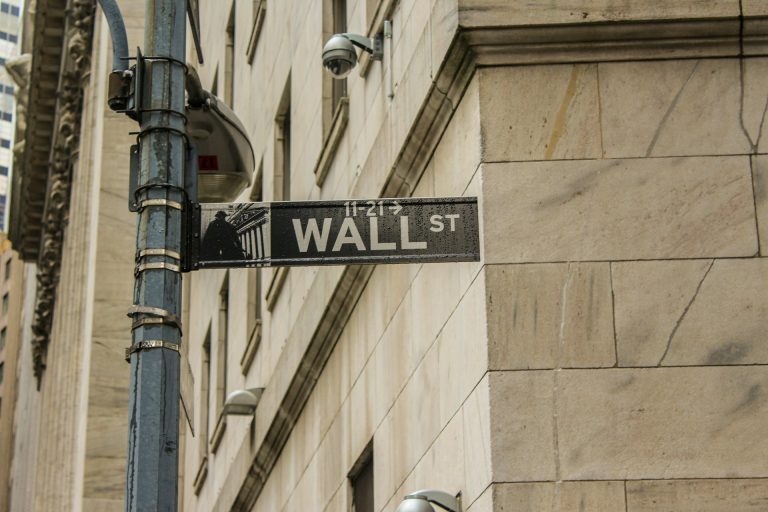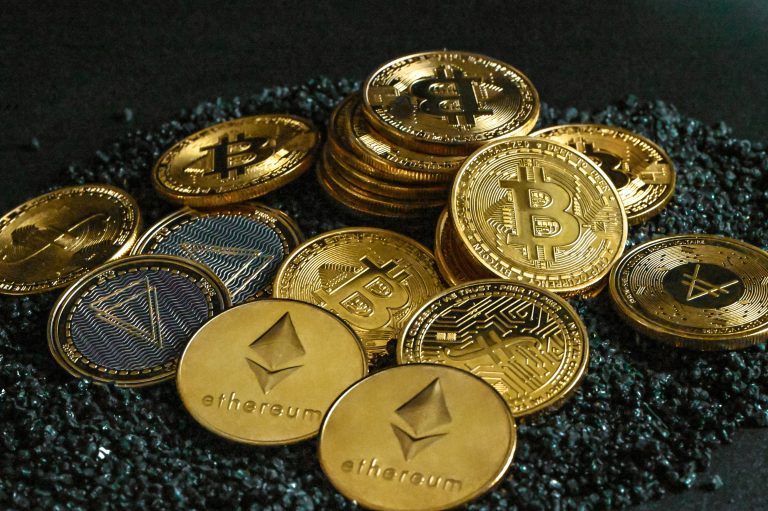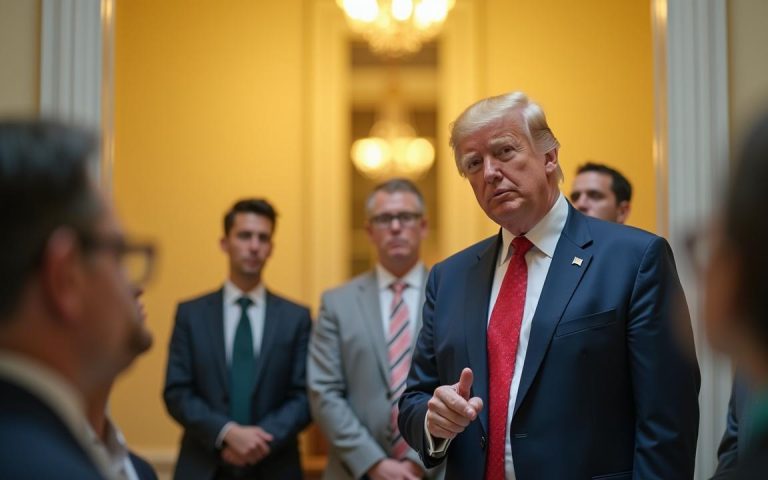The XRP price has formed a rare falling wedge chart pattern, pointing to a strong bullish breakout in the coming weeks. Ripple was trading at $2.1335, up by over 30% from its lowest level this month. This article examines the potential for a 60% surge in the Ripple price from its current level.
XRP price technical analysis
The daily chart shows that the XRP price has been in a strong downtrend in the last few months. It dropped from a high of $3.40 to the current $2.133.
The coin has sent mixed signals in the past few months. It formed a head-and-shoulders pattern. This pattern is characterized by a head, two shoulders, and a neckline. It is one of the most popular bearish reversal signs.
When it moved below the neckline at $1.9563 earlier this month, many analysts predicted that it would push it to the next key support at $1, down by 48% from that level.
Recently, however, the coin has formed a falling wedge pattern, a highly bullish sign. This pattern consists of two descending and converging trendlines. A bullish breakout typically occurs when the two lines are about to intersect.
XRP price has also formed a bullish divergence pattern as the Percentage Price Oscillator (PPO) and the Relative Strength Index (RSI) have pointed upwards. This divergence is usually a highly bullish chart pattern.
Therefore, the coin is likely to experience a strong bullish breakout if it moves above the upper side of the wedge and the 50-day Exponential Moving Average (EMA). A move above that level will signal more gains, potentially to the year-to-date high of $3.4, which is about 50% above the current level.
The bullish XRP price forecast will become invalid if the coin tumbles below the key support level at $1.6110, its lowest point this month. Such a move will likely lead to further downside, with the next key point to watch being the psychological level at $1.
Potential catalysts for the Ripple price
XRP has numerous catalysts that may push its price higher in the long term. First, there are signs that the crypto market is bouncing back as Bitcoin price surged above $87,000 for the first time in weeks. It has even formed a bullish pennant pattern, indicating further gains in the near term, with chart patterns suggesting a surge to $300,000.
Altcoins like XRP and Cardano often do well when Bitcoin is in a strong rally. For example, XRP jumped to $3.4 earlier this year as Bitcoin peaked at a record high.
Second, XRP price will do well as the recent end of the SEC vs Ripple case leads to more partnerships that will boost the XRP Ledger network. The most notable deals will be with American financial services companies that will help it become a viable alternative to SWIFT Network.
Ripple already has partnerships with companies such as Bank of America, Santander, MoneyGram, American Express, and Tranglo. These deals will accelerate now that the SEC has ended its legal issues with the company.
Furthermore, the Ripple USD (RLUSD) stablecoin is performing well, with its market capitalization nearing the $300 million milestone. Ripple hopes that this stablecoin will be a good revenue generator and a top supporter of the ecosystem. Just recently, Ripple Labs added the RLUSD stablecoin into its payment network.
The XRP price is also expected to perform well as more developers adopt its network as a viable alternative to Ethereum and Solana. It has already attracted developers such as Sologenic, Coreum, Salute, and XPmarket. This growth could help bring more value to the XRP network.
The post XRP price prediction: Is Ripple preparing for a 60% surge? appeared first on Invezz


